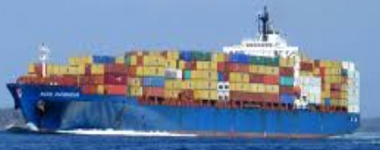Export and Import container counts were very weak in February 2014. Worse, the rolling averages are decelerating and the year-to-date counts are contracting over 2013 levels.

For the month of January 2014:
- the economically intuitive imports growth decelerated 11.6% month-over-month, is down 7.0% compared to February 2013, and down 1.2% year-to-date. There is a direct linkage between imports and USA economic activity – and growth in imports foretells real economic growth.
- Export growth (which is an indicator of competitiveness and global economic growth) decelerated 1.7%  month-over-month, is down 2.4% compared to February 2013, and is down 1.5% year-to-date.
Unadjusted 3 Month Rolling Average for Container Counts Year-over-Year Change (comparing the 3 month average one year ago to the current 3 month average) – Ports of Los Angeles and Long Beach Combined – Imports (red line) and Exports (blue line)

/images/z container4.PNG
There is reasonable correlation between the container counts and the US Censustrade data also being analyzed by Econintersect. But trade data lags several months after the more timely container counts.
Unadjusted Year-over-Year Change in Container Counts – Ports of Los Angeles and Long Beach Combined – Imports (red line) and Exports (blue bars)

/images/z container1.PNG
Econintersect considers import and exports significant elements in determining economic health (please see caveats below). the takeaway from the graphs below is that imports still have not returned to pre-2007 recession levels, while exports did recover.
Unadjusted Import Container Counts – Ports of Los Angeles and Long Beach Combined

/images/z container2.PNG
Unadjusted Export Container Counts – Ports of Los Angeles and Long Beach Combined

/images/z container3.png
The Ports of LA and Long Beach account for much (approximately 40%) of the container movement into and out of the United States – and these two ports report their data significantly earlier than other USA ports. Most of the manufactured goods move betweencountries in sea containers (except larger rolling items such as automobiles). This pulse point is an early indicator of the health of the economy.

